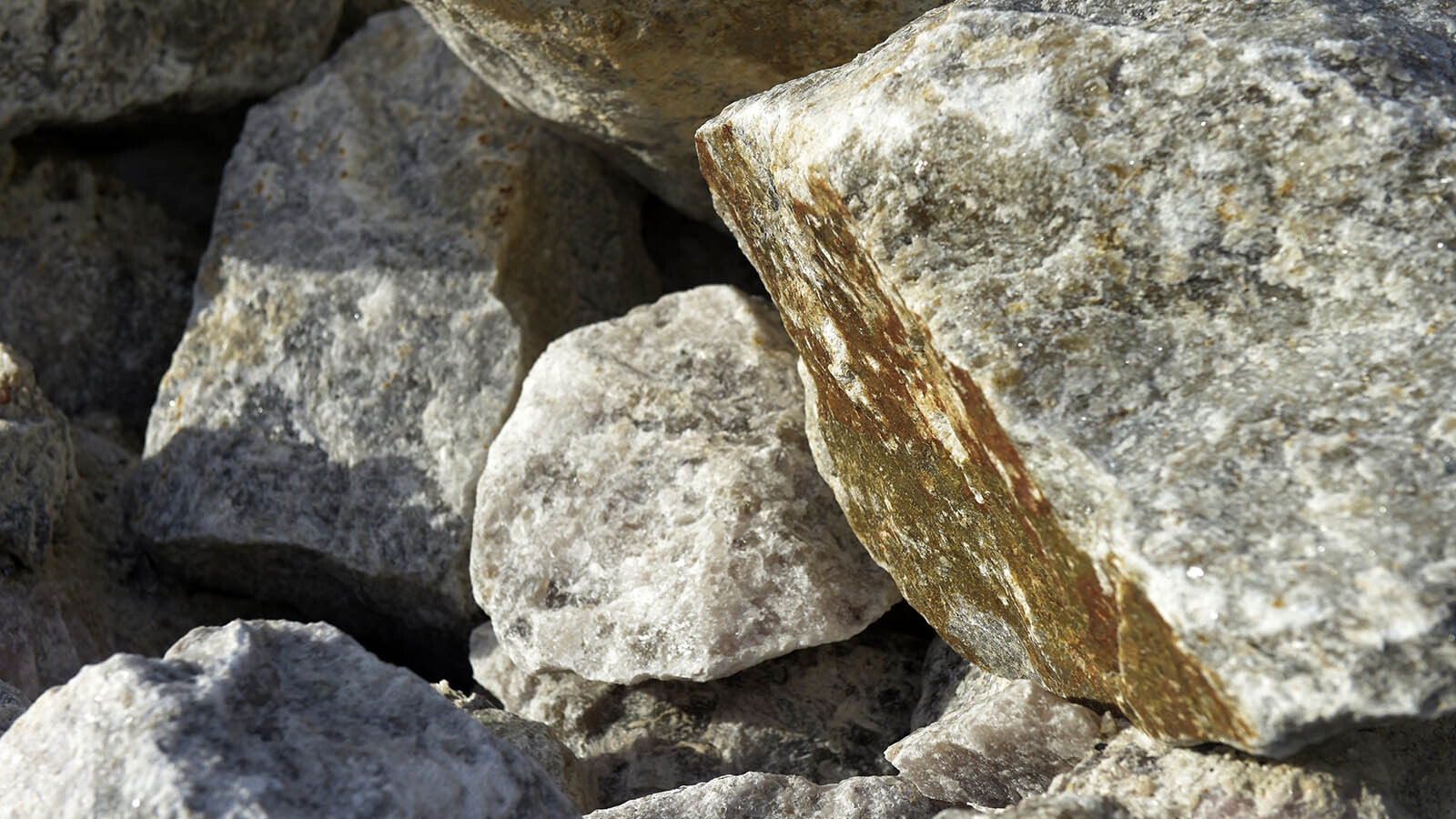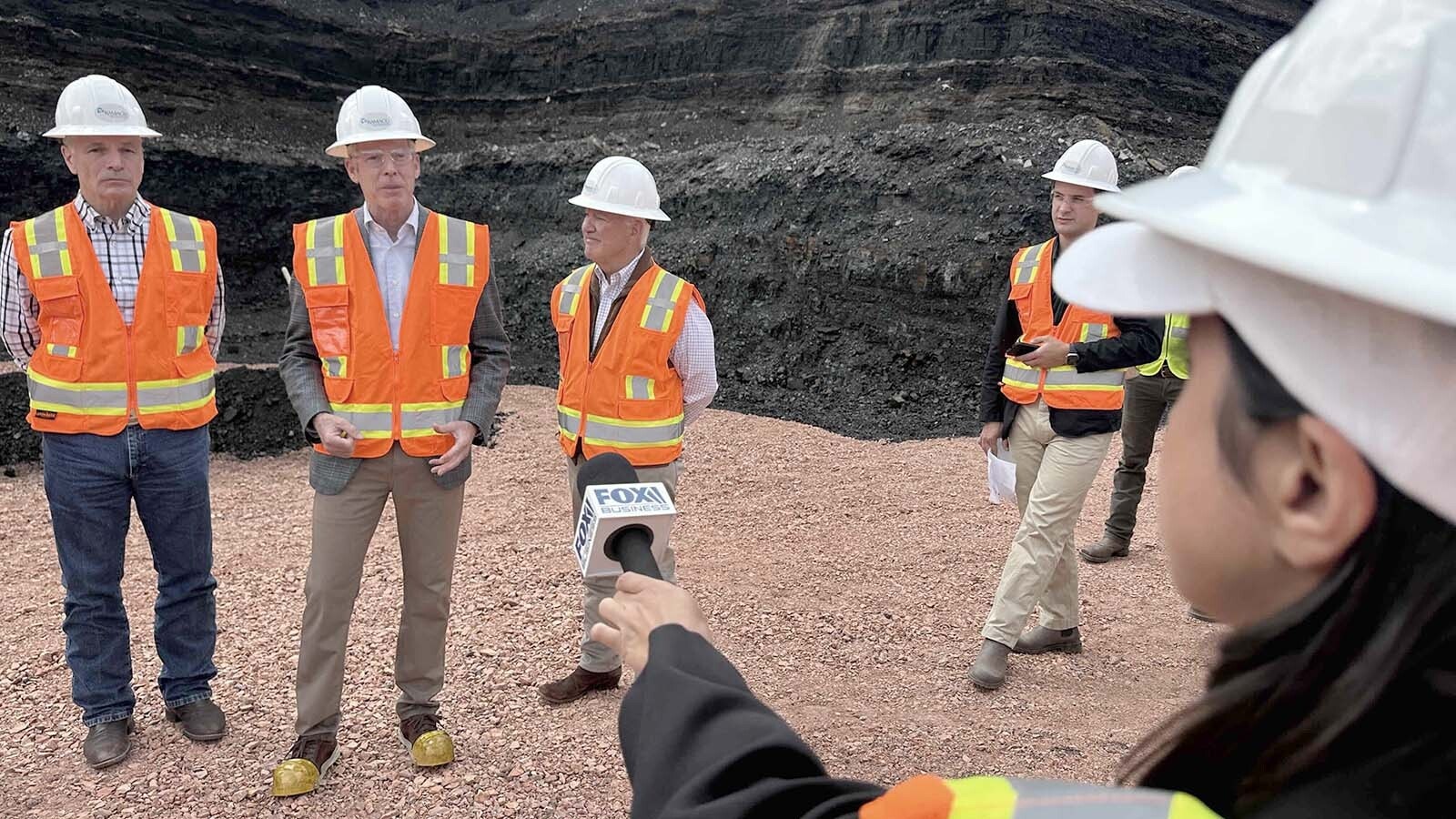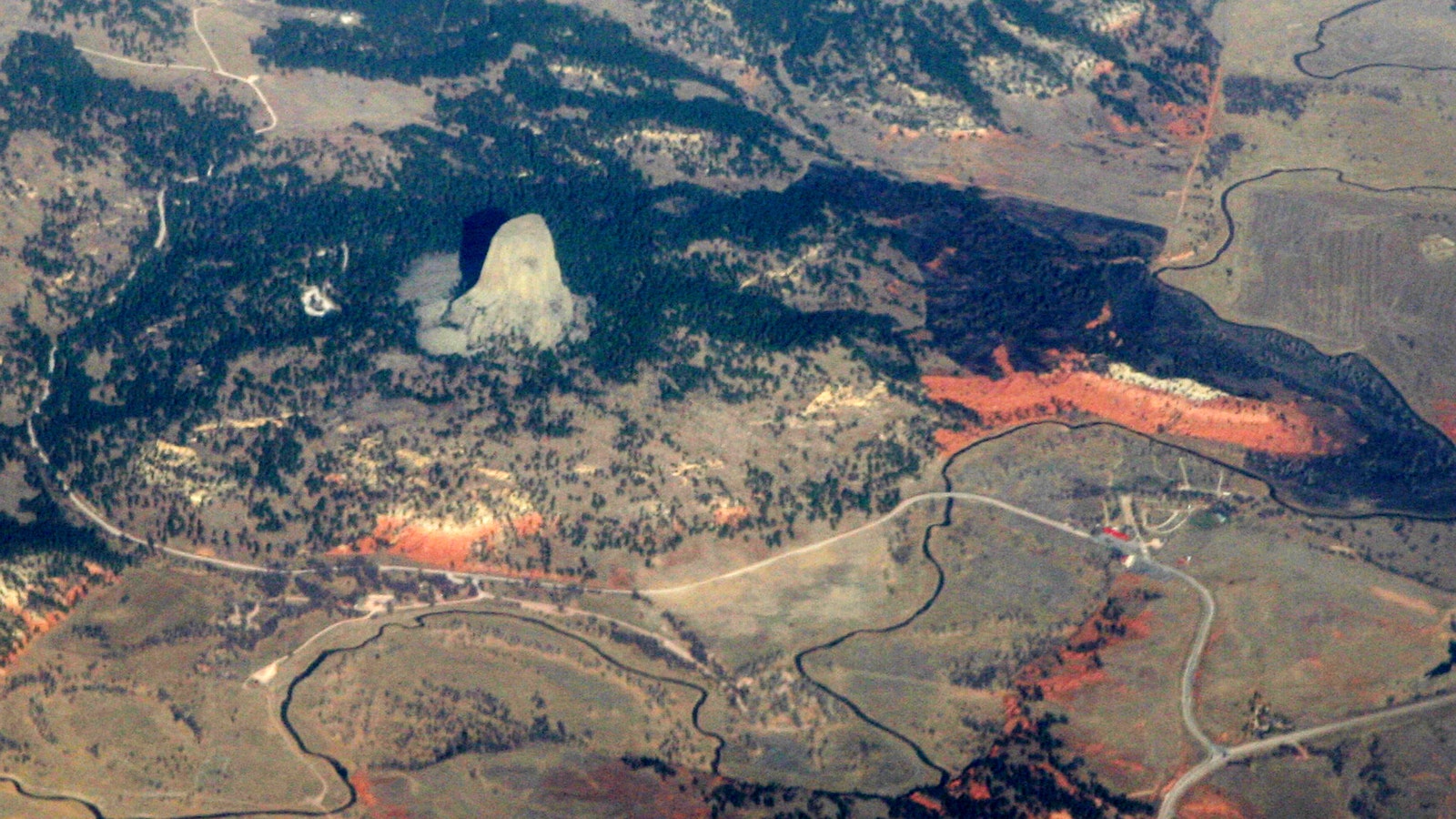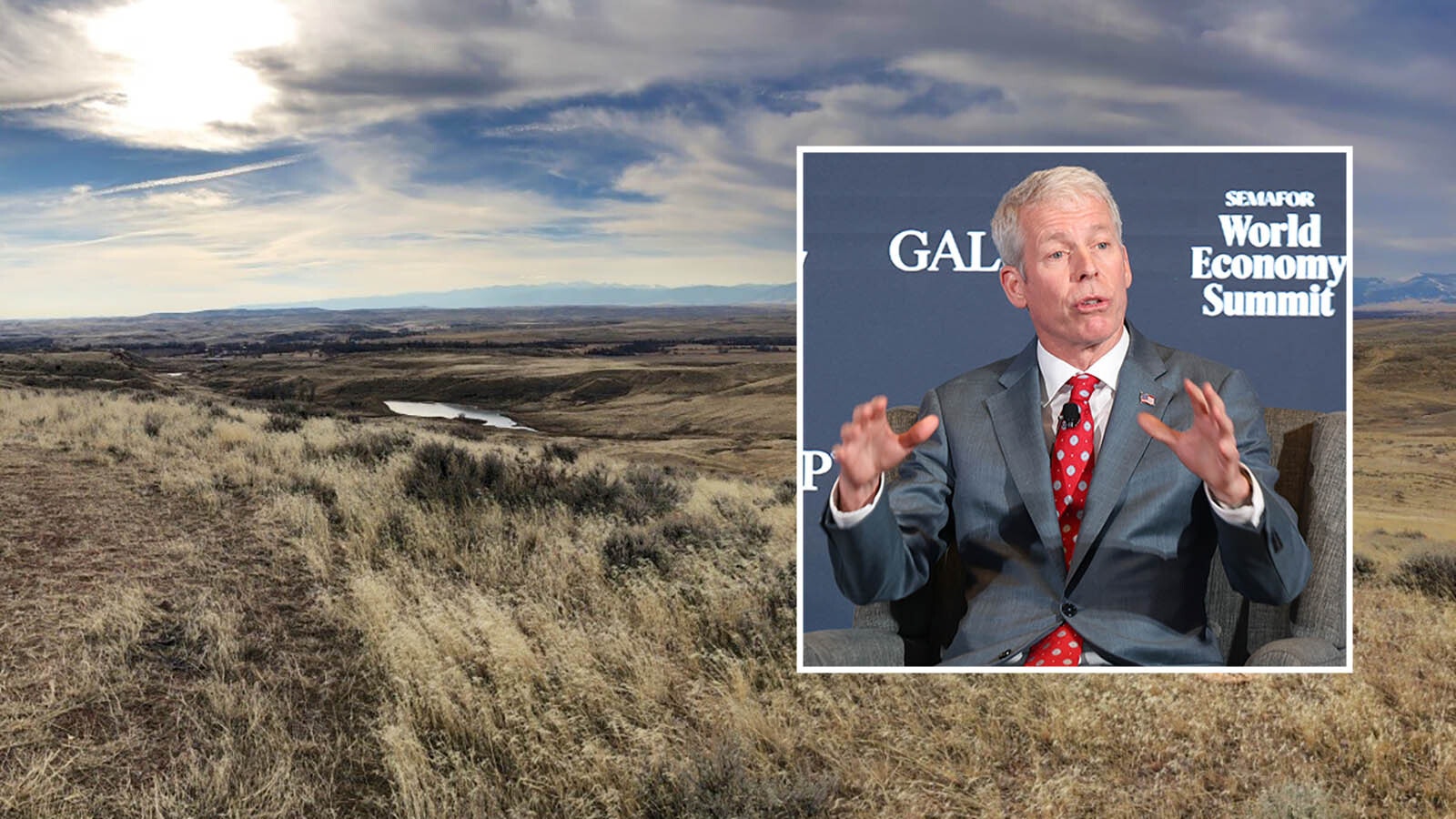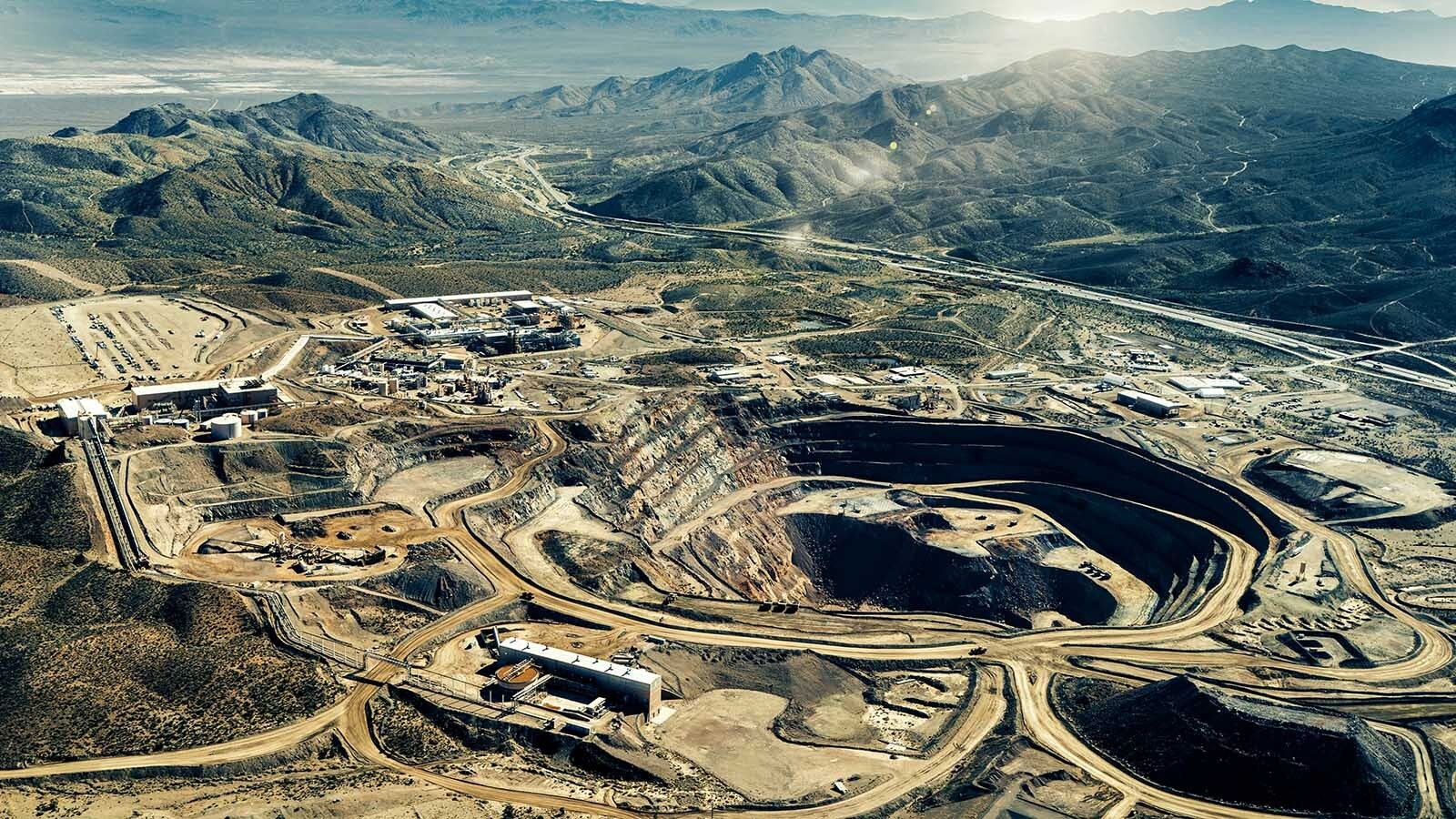The discovery of deposits of minerals generates a lot of excitement in Wyoming, but there’s a long road between discovery and a mining operation. In many cases, early hype fizzles out.
That’s true of the 2013 reports on the discovery of significant lithium deposits discovered in the geological formation in southwest Wyoming known as the Rock Springs Uplift.
Lithium is used in a variety of applications, but much of the demand for the element is for rechargeable batteries.
The discovery of lithium in Wyoming was a bit of an accident. University of Wyoming researchers were looking at the site as a possible location for storing carbon dioxide underground.
Beneath the surface is a lot of salty water from ancient seas that used to cover much of what is now the U.S. West. During studies of the area for carbon sequestration, researchers discovered lithium in the water.
Based on their initial probes, researchers estimated there could be as much as 18 million tons of lithium in the area.
Weak Concentrations
Don Schramm, a resident of the area, attended some presentations on the find at the time.
“The bottom line came out: ‘Well, yeah, there’s lithium, but it’s down here in this pool of real rank water,” Schramm recalled.
Extracting lithium from underwater brine is done in many places around the world, as well as mineral ores. At the time of the Rock Springs Uplift discovery, the United States had a single operating lithium mine, which remains true today.
A couple years later, the Wyoming State Geological Survey produced a report on the lithium resources in Wyoming, which determined the deposits in the old ocean water at the Rock Springs Uplift ranged from 90 to 105 parts per million.
The world’s mining operations producing lithium from brine have concentrations over 200 parts per million.
Besides the weak concentrations, Wyoming couldn’t compete with cheap labor in places like Argentina, Chile and China.
About the only thing Wyoming could compete on is shipping costs, assuming Cowboy State lithium was used in American manufacturing.
There also is the problem that if a mining operation did proceed, there would be a lot of salty water to dispose of. An earlier study examining the site for carbon dioxide sequestration determined such an operation would need to dispose of about 250 billion gallons of dirty water.
Lots Of Samples
Erin Campbell, state geologist and director of the Wyoming State Geological Survey, said the report looked at 26,000 samples from across the state, which were compiled from other organizations’ reports.
Six of those samples were done by a carbon sequestration company in the area of the Rock Springs Uplift, which determined the 90 to 105 parts per million lithium concentrations there.
The other thing a mining company might look at, besides the concentration, is the volume.
Patty Webber, minerals and economic geologist with the survey, said the study didn’t determine the volume.
None of the samples showed a lot of potential for lithium mining in Wyoming.
“What we have seen is that there is not the high enough concentrations in large enough volumes to attract the mining industry that, say, Nevada has,” Campbell said.
Nevada is home to America’s only lithium mine.
So, You’re Telling Me There’s A Chance?
Geology, like many fields of science, is full of uncertainties. Webber said the report looked at what was possible to be covered at the time with the money available, and with 26,000 samples, it provides a lot of information on what lithium deposits are found in Wyoming.
However, “the report is not 100% comprehensive,” Webber said.
Technology can change, opening up new mining opportunities, and other discoveries can be found. So, the report’s conclusions are not the final word on Wyoming lithium.
“There’s always the possibility for something more. But whether or not that’s a geologic possibility, and how realistic that is, it’s very difficult to say. We only have access to such a small portion of the geology of the state realistically,” Webber said.
Changing Economics
Factoring in economics, things can change as well.
With a push for intermittent renewable energy, large-scale battery facilities will be required to stabilize the grid. Likewise, electric vehicles will require tons of lithium.
There are severe limitations on the ability for mining technology to keep up with that demand, not to mention the regulatory barriers to permitting mines in the United States and Europe. As demand far exceeds supply, the price of lithium could go way up. That would change the definition of what is economically recoverable.
Campbell said exploration continues throughout the state, and the University of Wyoming School of Energy Resources is looking for critical minerals in a variety of geologic settings.
The primary focus, though, is toward other critical minerals, such as rare earth minerals and uranium.

